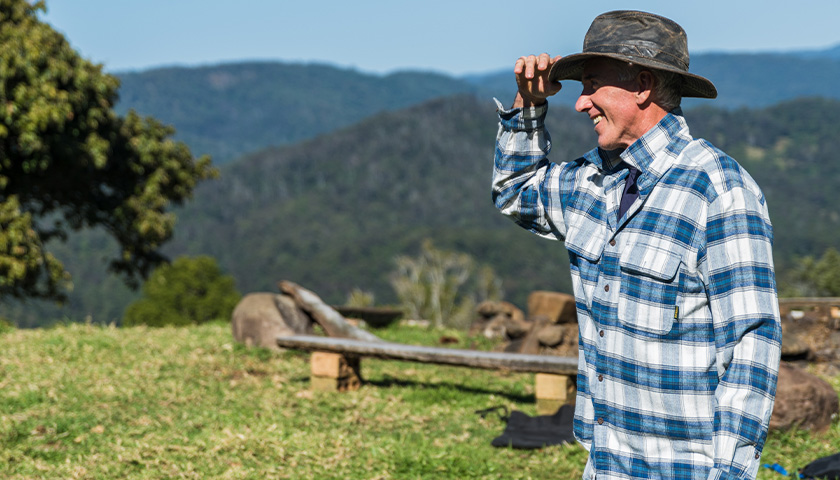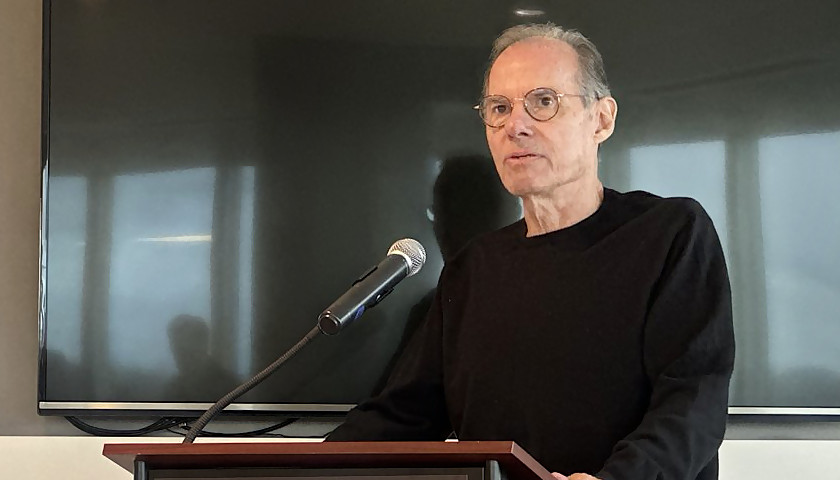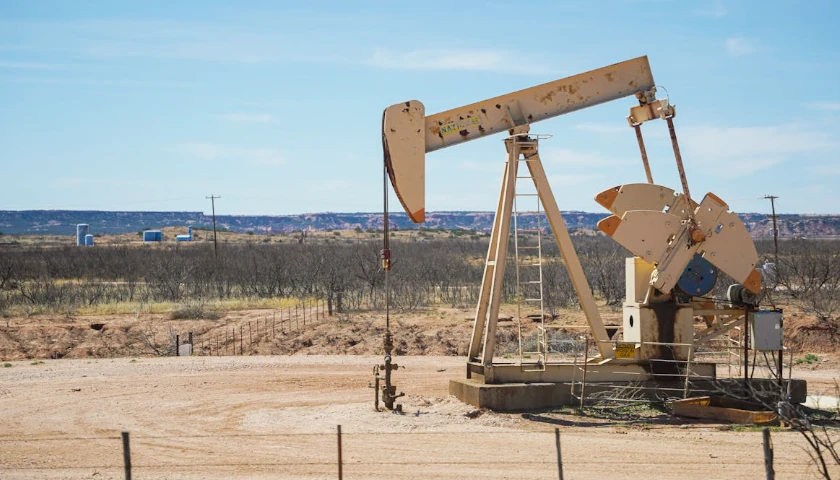by Heather Carson
Six years ago my husband and I moved our family of 10 to a five-acre hobby farm and a new lifestyle. Prior to this, we’d been living in an 1,100-square-foot brick home built in the 1940s near the boundary of St. Louis. I loved that house. It had a breakfast nook and an enclosed sunporch we referred to as the “Three Season Room.” When we bought it, I was five months pregnant with our first child. Over the next 11 years, we had a total of eight children—four of them in that very home as I was attended by a midwife. By the time our youngest kids, a set of identical twins, were born, it was clear we could no longer live in that house. We’d outgrown it.
Late one night I was up with the twins thinking about what to do about our lack of space when I decided to simply Google “old farmhouse, on land, in St. Louis.” I was dreaming and did not expect to find anything meeting these criteria, but I was wrong in the best of ways. The house was built in 1859 and had a wraparound porch and gabled windows. There were outbuildings, a pasture, and nearly five acres of beautifully cleared land with mature trees dotted throughout. We made an offer and within weeks were packing up 12 years of living at our 1940s brick and moving into an 1859 farmhouse to begin homesteading!
There’s been a growing interest in homesteading in the last few years, but what is homesteading exactly? Homesteading, simply put, means living off the land. Homesteading conjures images of the early pioneers heading west with dreams of land ownership and a new life, and in many ways, it’s the essence of what it is to be an American. Modern homesteading involves growing your own food; preserving food; hunting; living off-grid; involvement in craftworks such as sewing, woodworking, and leatherwork; and can also include homeschooling. Modern homesteading does not even have to include acreage and can be accomplished with a small yard.
For us, our goal in homesteading is not that our children become farmers or even grow up to homestead themselves. Our goal is to provide the best environment for them to flourish and find their own passions and pursue them. And while our decision to homeschool was made long before moving to our farm, the two activities fit together perfectly.
My own interest in homesteading goes back as far as I can remember. My favorite children’s books always involved gardens and farm life. I grew up working as a stable hand at a local horse ranch and always hoped one day I’d have a horse of my own and a place to keep it.
As modern homesteaders who homeschool, our days are spent tending to our land, animals, and each other in a messy, but delightfully organic, way. The schoolwork is interwoven with tending the garden; collecting eggs from the chicken coop; canning and preserving what we grow; caring for our goats, horse, and pony; and encouraging our children to gain mastery over their personal interests in their free time.
I love, as well, how homesteading makes us more connected to the seasons. In summer, the kids will run through the sprinkler in the veggie garden and reach down to grab a cucumber to snack on right from the vine. In spring, we sow seeds and plant out the garden. In fall, we put the garden beds to sleep and prepare our animals for the cold. And in winter, we spend our time bonding over puzzles, games, and reading. My children love their device time as much as the next kid, but we limit it as much as possible in favor of being connected to each other or cultivating a relationship with ourselves by allowing time and space for solitude.
I’ve been surprised by how many people, upon visiting our farm, say to me that homeschooling and homesteading is their dream. The desire to slow down, unplug, and make a more meaningful life has not been quenched by our increasing dependence upon technology. Technology is useful, but we need a deeper connection to each other and the natural world if we are to face the future with a sense of calm optimism. Of course, every component of homesteading may not be for everyone, but incorporating into our lives a few elements from the homesteading lifestyle—such as getting outside or growing some herbs—is something we can all reap the benefits from. It’s not too late to become an American pioneer: In fact, there’s no better time than the present.
– – –
Heather Carson is a contributor to Intellectual Takeout.
Photo “Rural Man” by Jake Heinemann.








